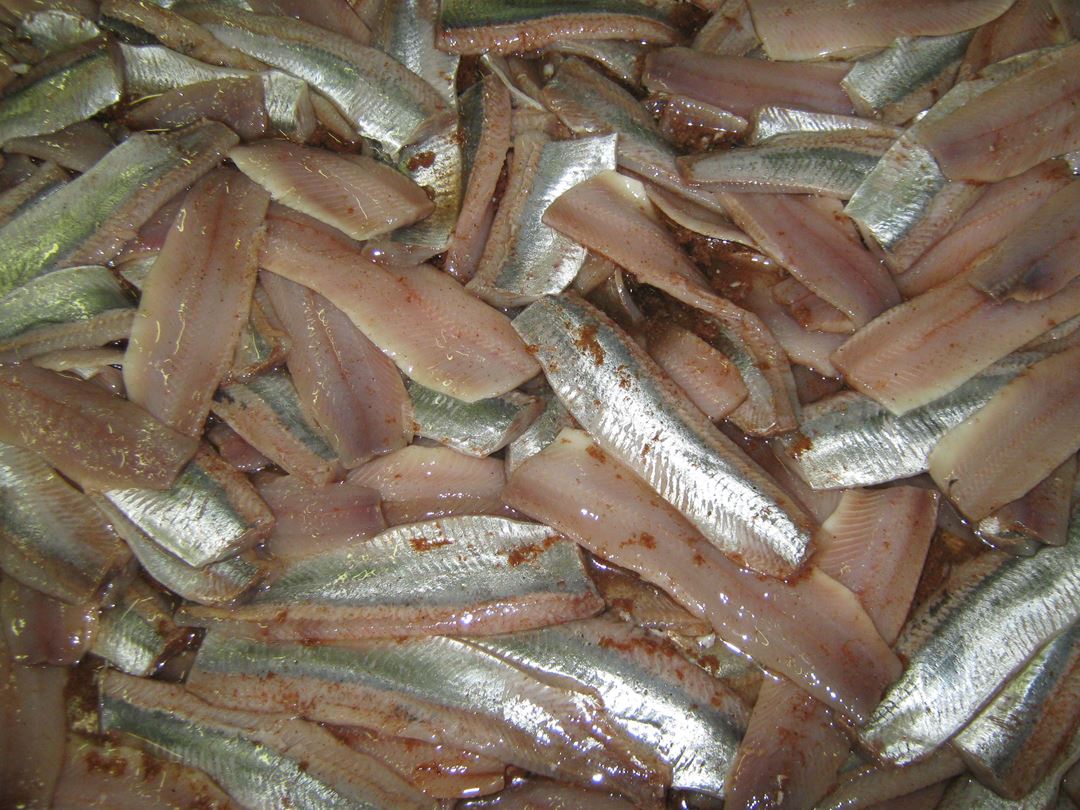Background
In 2010, it was generated over 350 000 tonnes of residual materials from industry pelagic (figures from RUBIN 2011), most of this in the form of residual materials from the filleting of herrings. This project is Phase 1 in the development of a industrial technological system that will enable the extraction of single fractions individually. Initially one shall identify the detailed requirements to technological developments from the industry and from the production process (fillets), and the technical principles which should be be applied for detection and selection.
At some filleting factories for herring, it is in recent years established a certain extraction and production of herring roe products. The profitability of this has been partly good, and the potential for increased value from the utilization of herring roe may be significant. Nofima carry out a project concerning the application of herring milt. This fraction can also represent a significant economic potential.
The nutritional content of the raw materials is high. The raw material represents a significant amount of protein and lipids with features that are considered attractive. Content is documented in the report RUBIN 164. Application of simple fractions as raw materials for consumer products is possible. In connection with the filleting of salmon, the sale of products for consumer use is common (eg belly, back, bones and heads). Møre Research, together with FHF, has made a description of a project area for the utilization of residual feedstock fractions from herring to consumer products (product and market).
The project will undertake:
1. Needs analysis.
2. Clarification of appropriate principles of automated sorting, detection and picking.
3. Economic estimates
4. Reporting, dissemination and description of possible activities in Phase 2

